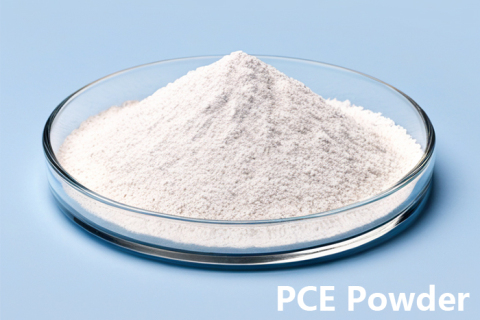
- Home
- >
News
With the continuous progress of modern construction technology, especially the commercialization of ordinary concrete, the construction industry's demand for concrete is not only limited to strength, but also includes environmental protection, durability, and meeting specific project requirements. In this context, polycarboxylate superplasticizers (PCE), as a new type of admixture, have received widespread attention due to their excellent performance.
HPEG, short for Hydroxy Polyether Glycol, is a polycarboxylic acid superplasticizer monomer widely used in the construction industry. HPEG, also known as water-soluble polyether ester, is a crucial component in modern concrete and other building materials.
Polycarboxylate Superplasticizer (PCE Powder) is a new type of high-performance concrete additive widely used in the construction industry. Its unique molecular structure endows it with excellent superplasticizing properties, significantly improving the workability and strength of concrete while reducing cement consumption, aligning with sustainable building concepts.
PCE Powder, short for Polycarboxylate Ether Powder, is a new type of high-performance concrete admixture. It is primarily used to improve the workability and performance of concrete, widely applied in construction, infrastructure, and precast elements.
In the modern construction industry, the quality of concrete directly affects the safety and durability of projects. As a leading chemical company, we are proud to introduce our Polycarboxylate Superplasticizer Monomer — HPEG (Hydroxy Polyether Glycol). HPEG not only improves the fluidity of concrete but also enhances its strength and durability, making it an ideal choice for your engineering projects.
This article presents the advantages of Polycarboxylate Superplasticizer Monomer HPEG for enhancing concrete performance, focusing on workability, water reduction, strength, versatility, and eco-friendliness.
Polycarboxylate Superplasticizer Powder (PCE) has become increasingly important in modern construction due to its ability to significantly enhance concrete performance. PCE powder improves concrete flowability, reduces cement usage, and increases strength and durability. Its applications span high-strength concrete, self-consolidating concrete, precast components, and repair projects. For optimal results, precise measurement and proper storage conditions are essential. PCE continues to play a vital role in construction, offering cost-effective and efficient solutions.
Polycarboxylic acid series high-performance water reducing agent is a new generation of high-performance water reducing agent appearing at home and abroad in recent years. Compared with naphthalene series and other traditional superplasticizers, polycarboxylic acid series high-performance superplasticizers have many unique technical performance advantages:
With the development of the modern construction industry, concrete technology continues to advance. Among them, HPEG as a new type of high-efficiency water-reducing agent, has attracted widespread attention due to its unique performance and environmental protection characteristics. This article will explore the use of polycarboxylate superplasticizer monomers in the construction industry and the benefits they bring.
1. Polycarboxylate Superplasticizer Powder adjusts the water consumption or sand ratio through experiments according to the concrete design requirements to reach the required water reducer dosage of slump, strength and setting.
HPEG adopts highly active catalyst and special synthesis process, with light appearance, accurate molecular weight, white appearance, narrow molecular weight distribution, low glycol content and high double bond retention.
High-efficiency water reducer product overview High-efficiency water reducer is an important concrete additive, which can effectively reduce the water-cement ratio of concrete, thereby improving the strength and durability of concrete. Compared with traditional water reducers, high-efficiency water reducers have the following advantages:












